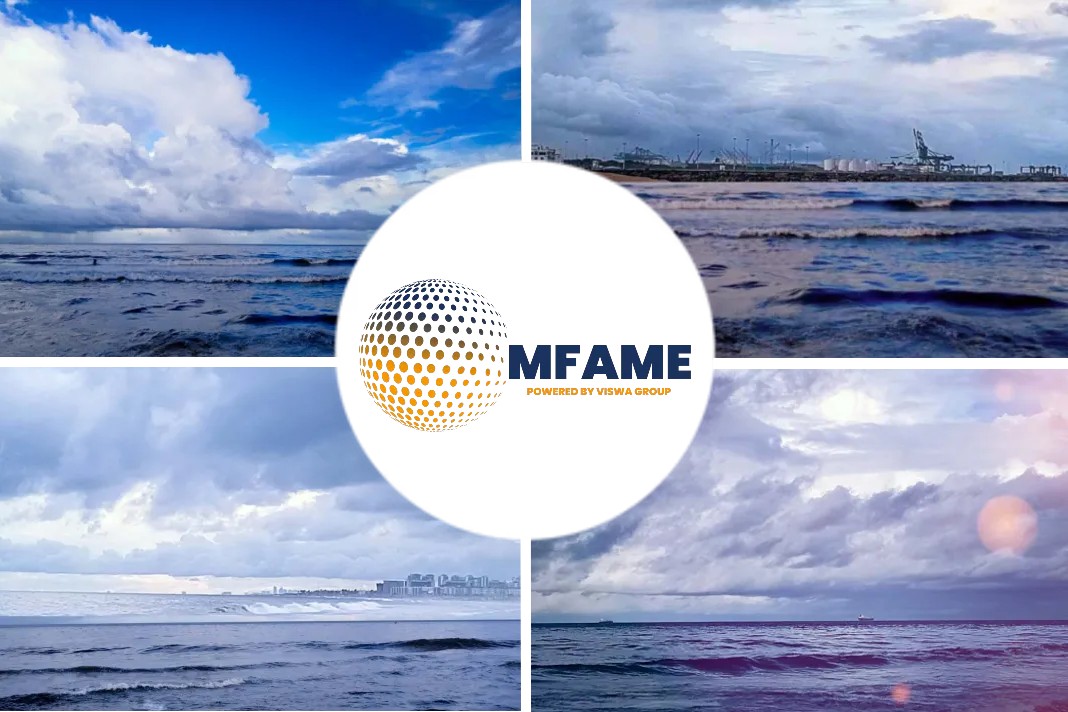A lack of adequate natural-gas tankers due to surging demand for the fuel particularly from Europe in the wake of a power crunch and limited supplies is set to spur another spike in LNG costs and lead to higher chartering rates, industry sources said, reports SP Global.
Soaring prices
Gas demand has been strong with Asia and Europe competing for cargoes and looking for supplies from the US and Qatar because of restricted Russian availability.
LNG prices have climbed following the Russia-Ukraine war, with facility outages worldwide adding to the gains. The latest casualty is the Nord Stream closure that will likely propel gas values higher, sources said.
The Nord Stream gas pipeline from Russia to Germany will be closed for an indefinite period after an oil leak was detected in a turbine undergoing maintenance, according to a statement from Gazprom via Telegram at 1621 GMT Sept. 2.
Europe continues to pull significant LNG volumes, maxing out regasification and downstream interconnector capacity over the past several months with deliveries averaging about 400 million cu m/d, S&P Global Commodity Insights said in its latest commodity briefing.
TTF values are likely stay a significant premium to LNG prices in Europe and Asia until new regasification capacity arrives in continental Europe early 223, S&P Global said.
Most Asian countries are also dealing with an energy crisis and refraining from purchases to cut soaring energy import bills as prices advance.
Asian spot LNG prices have risen tracking a tight Atlantic Basin, with JKM approaching all-time highs again in August. The daily physical assessment reached $71.01/MMBtu Aug. 25, the highest since March 7 when the benchmark hit a record $84.76/MMBtu.
JKM was still trading at a more than $20/MMBtu discount to TTF toward end-August as end-users in Asia, particularly price-sensitive markets such as India, Pakistan, and Bangladesh, largely shun spot supplies.
Charter rates swell
Charter rates are expected to increase further heading into winter on the back of longer-haul trips needed to bring more volumes into Asia as demand picks up seasonally, Jeff Moore, manager of LNG Analytics Asia at S&P Global said.
“New ships being added in the medium term could help mitigate some of the charter rate price spikes, but in the immediate future prices are still expected to pick up as these take time to build,” Moore said.
JKM is unlikely to price at a premium again to TTF as high spot prices cap Asian end-user demand.
“I think (spot) charter rates will fly when the winter season arrives,” a chartering source said.
A broker said spot charter rates in the Pacific could touch $400,000/day for a round voyage in winter.
Platts assessed the LNG day rate for tri-fuel diesel electric propulsion ships in the Asia-Pacific at $105,000/day Sept. 6, S&P Global data showed, up from $30,000/day Feb. 24 when Russia invaded Ukraine, and $320,000/day around Dec. 1 when rates increased tracking winter demand.
Chartering activity has been frantic ahead of a partial restart of Freeport LNG toward November. Many charterers are securing ships leading to a lack of LNG tankers for spot voyages, the broker said.
Most head owners have already chartered their ships for term charters but there could be some hidden tonnages that owners are keeping off the market in anticipation of winter demand, he said.
LNG carrier demand soars
The race to purchase LNG carriers has intensified with Qatar as one of the biggest buyers.
About 286 LNG carriers are on order globally until 2028 with 165 ships slated for delivery over 2024-2025, industry sources said. Most new buildings have a capacity of 170,000 cu m or more.
Shipyards in Asia have been working relentlessly to quench rising demand.
South Korea’s Daewoo Shipbuilding & Marine Engineering Co. in an August presentation said it expects a dramatic increase in LNG imports to Europe, leading to a strong LNG carrier market. The company has an orderbook stretching into 3 1/2 years.
Samsung Heavy Industries in a September report said its new orders stood at $7.2 billion over January-September, with LNG carriers comprising $6.1 billion of that value.
Did you subscribe to our daily Newsletter?
It’s Free! Click here to Subscribe
Source: SP Global

















